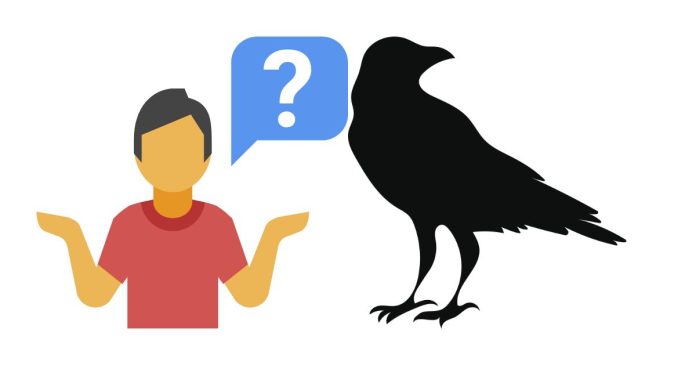If you’re a fan of Lewis Carroll’s Alice’s Adventures in Wonderland, you’ve likely encountered the Mad Hatter’s infamous question: “Why is a raven like a writing desk?” This nonsensical riddle has puzzled readers and sparked countless debates since the book’s publication in 1865. But what does it mean? Is there an answer, or is it simply an exercise in whimsy? Let’s dive into the history, interpretations, and enduring charm of this enigmatic question.
The Origin of the Riddle
The riddle first appears during Alice’s chaotic tea party with the Mad Hatter, the March Hare, and the Dormouse. After posing the question, the Mad Hatter never provides an answer, leaving Alice — and readers — to wonder if it’s solvable. Carroll himself admitted in later editions of the book that the riddle had no answer when he wrote it, emphasizing its playful absurdity. However, this admission hasn’t stopped fans and scholars from attempting to decode its meaning.
Proposed Answers
Over the years, creative minds have come up with various answers to the riddle. Some of the most popular include:
- Both produce notes, though of different kinds.
- This clever wordplay suggests that a raven’s calls and the writing desk’s role in creating written notes form a connection.
- Because Poe wrote on both.
- A nod to Edgar Allan Poe, famous for his poem The Raven, this answer wittily ties the riddle to literature.
- Because there is a B in “both” and an N in “neither.”
- A delightfully illogical answer that mirrors the nonsensical tone of the original question.
- Because they both have inky quills.
- This interpretation plays on the idea of quills used for writing and a raven’s dark feathers.
Lewis Carroll’s Clarification
In 1896, Carroll provided a possible answer in the preface to a later edition of Alice’s Adventures in Wonderland: “Because it can produce a few notes, though they are very flat; and it is never put with the wrong end in front!” This explanation, while whimsical, doesn’t entirely satisfy the logical mind, which is perhaps the point. Carroll’s works often celebrate the illogical and surreal, encouraging readers to embrace the playful rather than the practical.
The Enduring Appeal
The riddle’s charm lies in its open-endedness. It invites readers to engage with it creatively, offering their own interpretations and reveling in the nonsensical spirit of Wonderland. By resisting a definitive answer, Carroll ensures that the question remains as timeless and thought-provoking as his beloved story.
So, why is a raven like a writing desk? The beauty of this question lies not in its answer but in its ability to spark imagination and conversation. Whether you approach it as a linguistic puzzle, a philosophical inquiry, or a celebration of absurdity, the riddle serves as a reminder of the joy that can be found in curiosity for curiosity’s sake. What’s your take on the riddle? Share your thoughts — after all, in Wonderland, there’s no such thing as a wrong answer.


